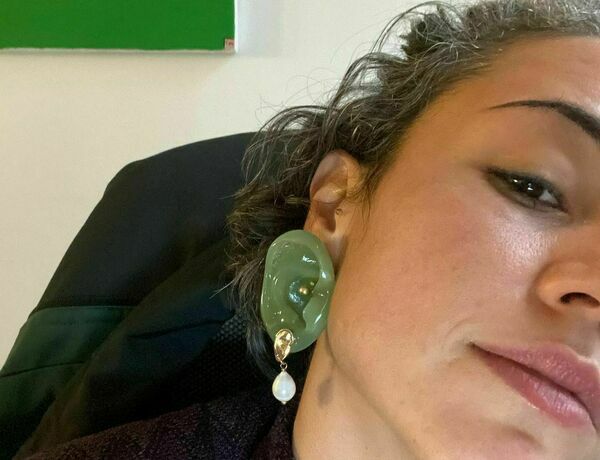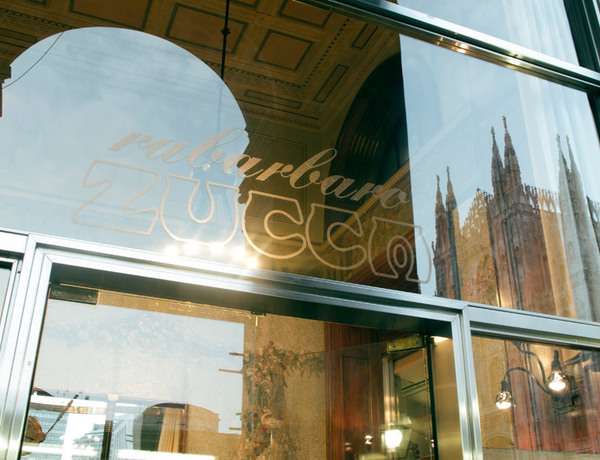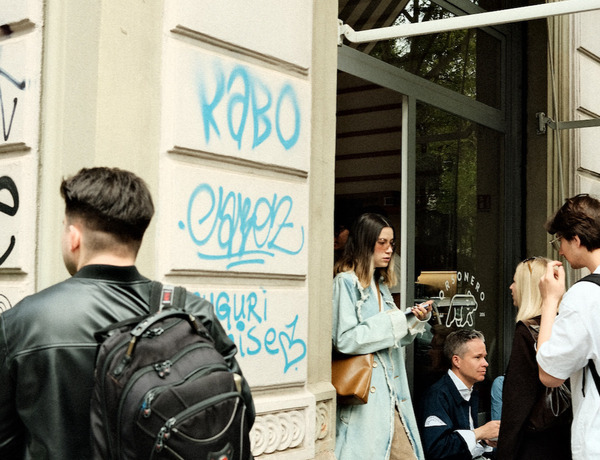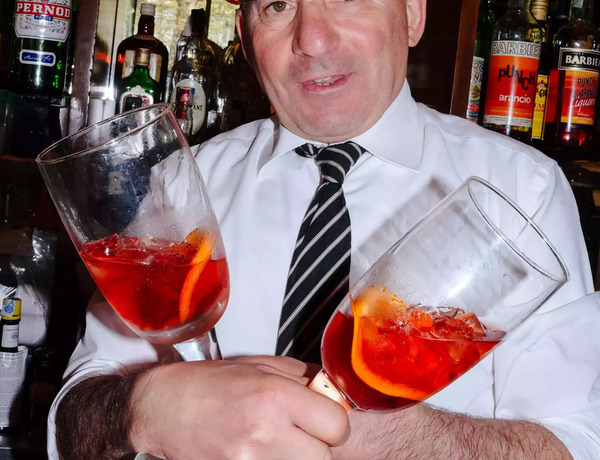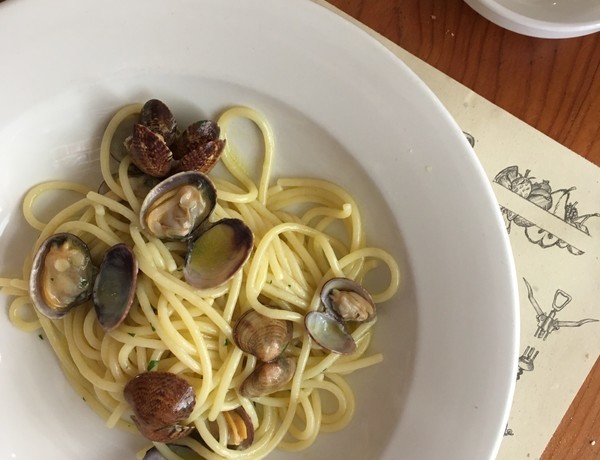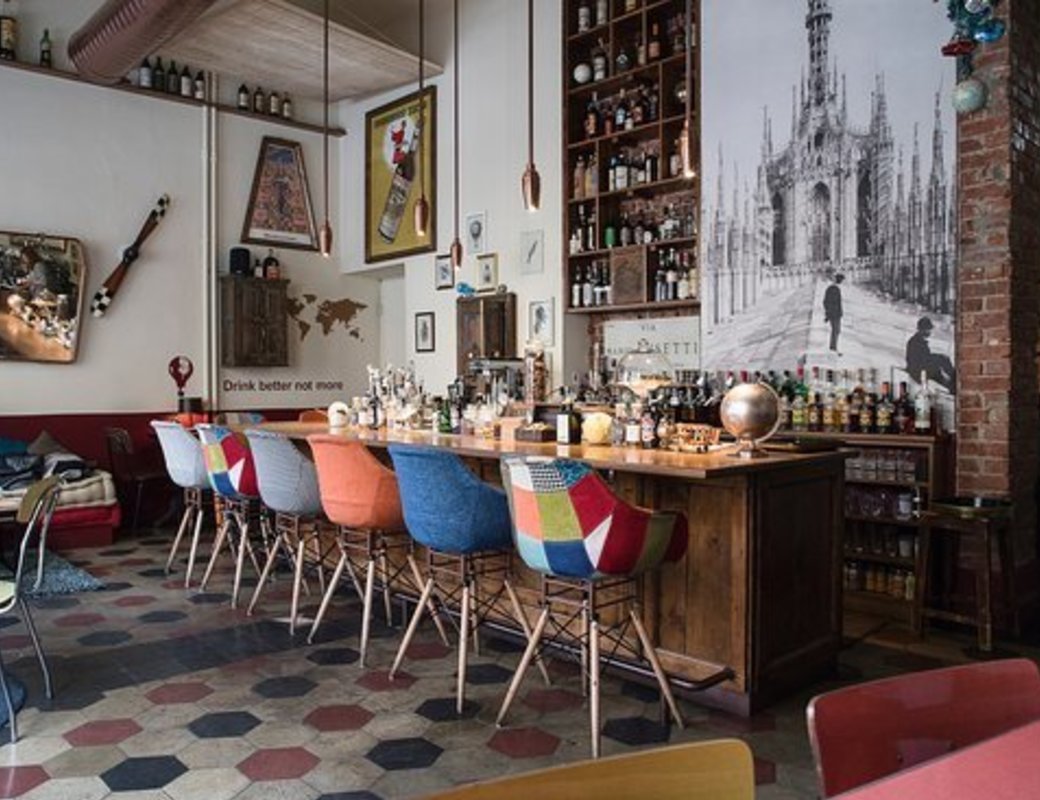
Posted by Mari Di Pilla
Nice atmosfere, cool staff, opened from the first time in the morning til late night… Iter is a good choice for breakfast with coffee and brioche (the way Italians call the croissant), working days lunch (the have a fixed menu) and also for drinks - the menu changes seasonally and has always interesting options. Thanks to its location in a small street between the naviglio grande and pavese, the tourists somehow don’t find it.
Website
facebook.com
facebook.com
